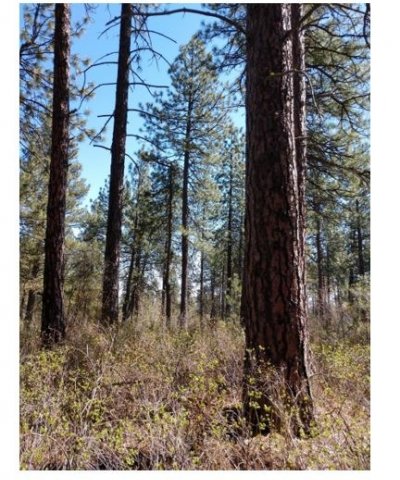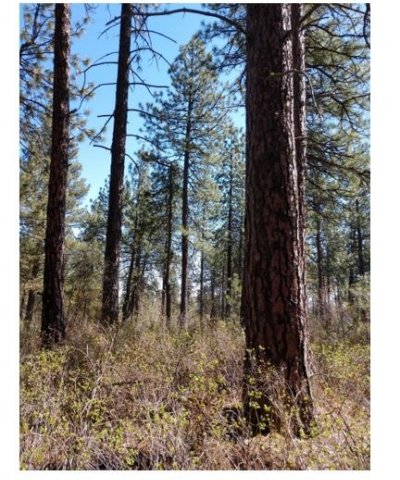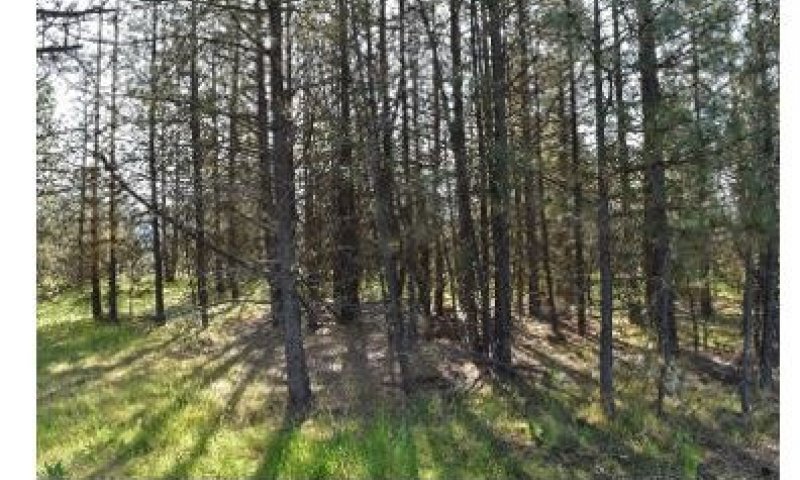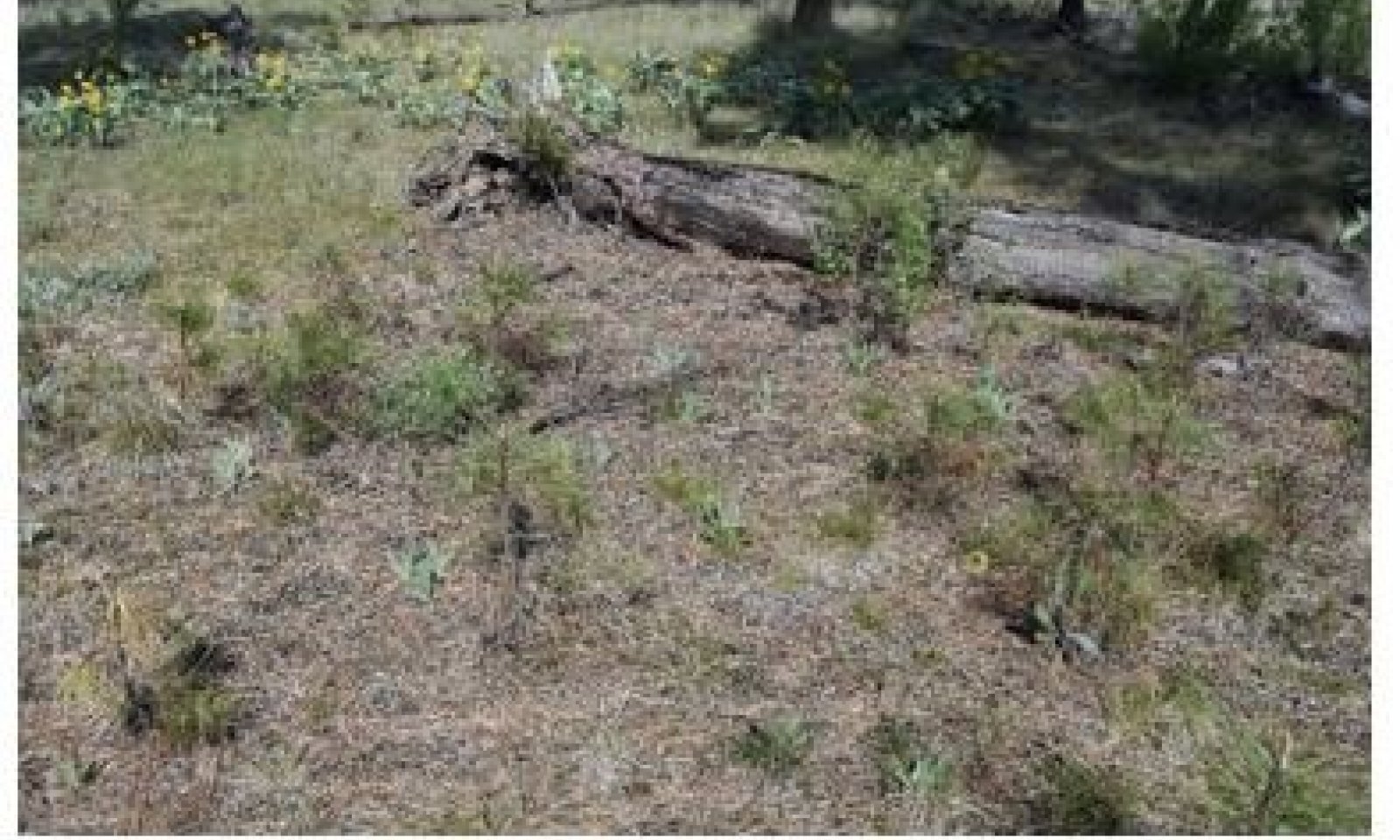

Natural Resources
Conservation Service
Ecological site F009XY001WA
Mesic Xeric Loamy Hills and Canyons Ponderosa Pine Moderately Warm Dry Shrub
Last updated: 4/01/2025
Accessed: 12/21/2025
General information
Provisional. A provisional ecological site description has undergone quality control and quality assurance review. It contains a working state and transition model and enough information to identify the ecological site.
MLRA notes
Major Land Resource Area (MLRA): 009X–Palouse and Nez Perce Prairies
Almost all of MLRA 9 lies within the Walla Walla Plateau Section of the Columbia Plateaus Province of the Intermontane Plateaus. The area is characterized by an undulating basalt plateau that has been highly dissected. The major streams have cut deep, steep-walled canyons. The plateau is nearly level to steeply sloping, and its surface is moderately dissected or strongly dissected. Slopes are mostly hilly and steep. Some areas in the southeastern portion of this MLRA are in the Blue Mountain Section of the Columbia Plateaus Province. Small areas on the eastern edge of the area are in the Northern Rocky Mountains Province of the Rocky Mountain System.
Classification relationships
Major land resource area (MLRA): 9-Palouse & Nez Perce Prairie
LRU – Common Resource Areas (CRA):
9.1 - Channeled Scablands
9.2 - Palouse Hills
United States National Vegetation Classification (2008) – Alliance (A3446) Central Rocky Mountain Ponderosa Pine/Shrub Woodland and Association (CEGL000203) Ponderosa Pine/Snowberry Forest
U. S. Forest Service (USDA). Ecoregions of the United States Province 331\lf 41-1, section 331A-Palouse Prairie.
Washington Natural Heritage Program 2017 U.S. NVC: G213-Central Rocky Mountain Ponderosa Pine Open Woodland Group.
Level III and IV Ecoregions of Washington, June 2010: Columbia Plateau (10); Palouse Hills (10h).
Ecological site concept
The Mesic Xeric Loamy Hills and Canyons, Ponderosa Pine Moderately Warm Dry Shrub ecological site (ES) is primarily found in Lincoln, Spokane, and Whitman Counties. It is characterized by widely spaced, older mature Ponderosa pine (Pinus ponderosa) dominating the upper canopy layer. Fire adapted shrub species occur in the understory, with snowberry (Symphoricarpos albus) on the warmer/dryer end of the ecological site, and ninebark (Physocarpus malvaceus) on the more moist/cooler end of the spectrum. Pinegrass (Calamagrosis rubescens) and Idaho fescue (Festuca idahoensis) are common understory grass species present.
Associated sites
| F009XY002WA |
Mesic Xeric Loamy Hills Ponderosa Pine Warm Dry Grass |
|---|---|
| F009XY003WA |
Warm Dry Ridges Hills and Canyons Ponderosa Pine Dry Shrub and Grass |
Similar sites
| F009XY002WA |
Mesic Xeric Loamy Hills Ponderosa Pine Warm Dry Grass Slightly warmer site |
|---|---|
| F009XY003WA |
Warm Dry Ridges Hills and Canyons Ponderosa Pine Dry Shrub and Grass |
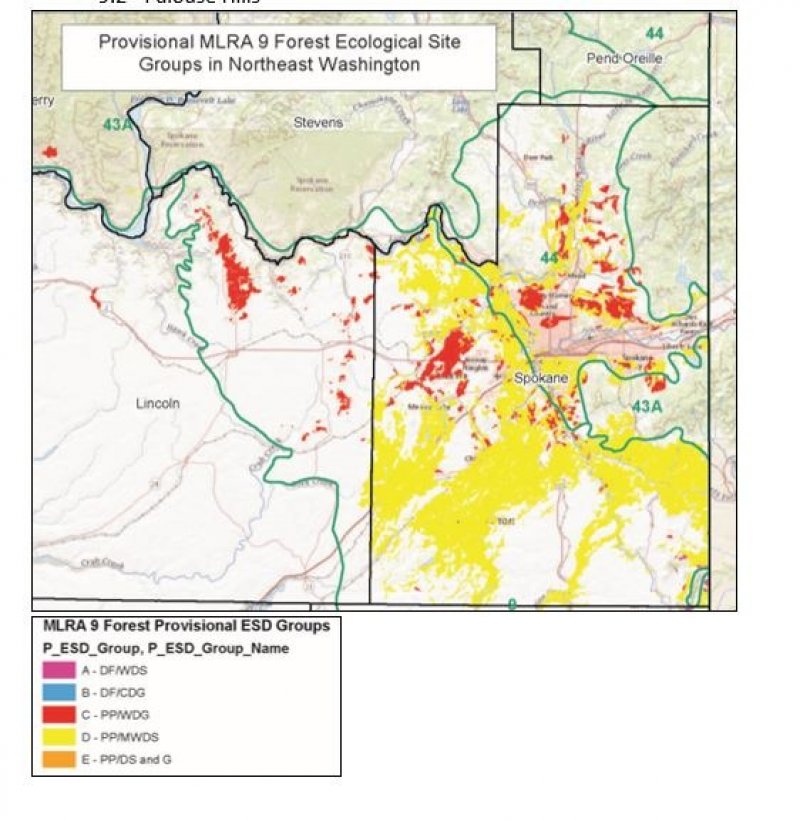
Figure 1.
Table 1. Dominant plant species
| Tree |
(1) Pinus ponderosa |
|---|---|
| Shrub |
(1) Symphoricarpos albus |
| Herbaceous |
Not specified |
Click on box and path labels to scroll to the respective text.
Ecosystem states
| T1A | - | Long term fire exclusion (75-100+) years. |
|---|---|---|
| T1B | - | Introduced cool season grasses invading |
| T1C | - | Site converted to annual cropland or pasture/hayland. |
| R2A | - | Treatment practices commonly used to rehabilitate forest lands and reduce fuels is applied. |
| R3A | - | Re-seeding, afforestation practices, protect from grazing. |
| T3A | - | Site converted to annual cropland or pasture/hayland. |
| R4A | - | Re-seeding, grazing protection. Afforestation practices applied as necessary. |
| R4B | - | Re-seeding, grazing protection. Afforestation practices applied as necessary. |
State 1 submodel, plant communities
| 1.1A | - | “mixed” stand replacement fire events, and from single tree to cluster mortality of mature pine trees that have succumbed to incidences such as beetle kill, mistletoe, windthrow, and storm damage. |
|---|---|---|
| 1.1B | - | With time and the absence of major disturbance events, |
| 1.2B | - | The stand develops relatively intact and grows from seedling/sapling to pole/small sawtimer size classes. |
| 1.3B | - | Stands have thinned as size classes increased, primarily from the natural exclusion processes and stress induced mortality |
| 1.3A | - | Fires are severe eliminating the majority of all Ponderosa pine and starts the regeneration phase. |
| 1.4A | - | A fire event severe enough to eliminate the majority of the overstory, or less severe but “mixed” in nature in order to create random patch structures, occurs |
